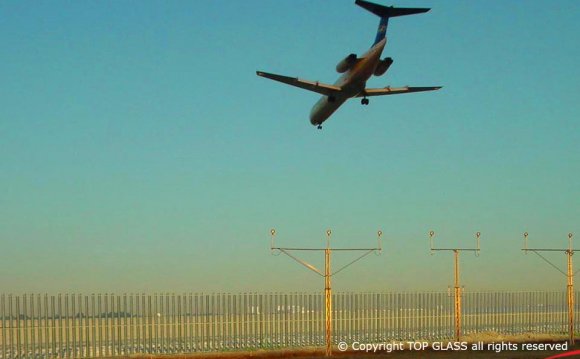

Aeronautical engineering specializations
Technically, your aeronautical engineering degree will be specialized from day one, as you will be concentrating on a specific field within engineering. Nonetheless, you will be incorporating many common engineering concepts into the subject of aeronautical engineering. As with any engineering course, therefore, you will likely start with a grounding in mathematics, physics, mechanics and electronics – all essential topics for the designing, building and testing of aircraft.
More specific aeronautical engineering topics you may cover in the first and second years include: introduction to aerodynamics, introduction to structural analysis and courses in dynamics and control, structures and materials, aircraft design, aircraft performance, computing, electronics, fluid mechanics, statics, systems engineering, telecommunications and thermodynamics.
As you’d expect, the further along you get in your degree, the more scope there is for pursuing your own interests, expanding on your foundation learning and personalizing your degree. When it comes time to choose your specialization, some options include:
This field of engineering is concerned with the interaction between bodies and the atmosphere, and the study of the resulting forces and motion of objects through the atmosphere. Studying aerodynamics includes subjects such as aerodynamic design, compressible flow, flow control, flow measurement, power control, structural design and fluid dynamics.
You’ll learn how to use wind tunnels and computational fluid dynamics (CFD) for aerodynamic modelling, build scale models and carry out flight testing. You’ll also learn about flow control and assessment, engine and experimental aerodynamics, transonic flow, hypersonic and high temperature gas dynamics and launch and re-entry aerodynamics.
As the search for aerodynamic refinement and performance optimization for the next generation of aircraft is likely continue, the need for engineers with specialist knowledge of fluid flow behavior will always be prevalent. Also, increasing environmental awareness means there is an even greater emphasis on aerodynamic refinement in elements such as flight control and flight dynamic aspects.
The field of aeroelasticity is the study of the interaction of inertial, structural/elastic and aerodynamic forces on aircraft, buildings and surface vehicles, and the influence of this study on design. Drawing upon aspects of previous introductory courses such as dynamics, structures, mathematics and aerodynamics, you’ll be introduced to aeroelastic concepts such as ‘the flexible aircraft’ and control reversal, divergence, flutter, limit cycle oscillations and vortex shedding.
You’ll use models of aircraft wing, fuselage and rotor systems along with a wide range of tools to model the complex structural dynamics of aircraft and helicopters, and explore its interaction with aerodynamics and stability. You’ll also learn how to do wind tunnel testing, ground vibration testing and flight flutter testing to evaluate aircrafts’ aeroelasticity issues.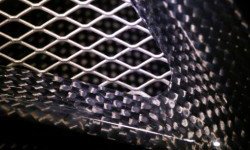 Knowledge of aeroelasticity can also be applied to a wide range of fields such as energy harvesting and even understanding snoring!
Knowledge of aeroelasticity can also be applied to a wide range of fields such as energy harvesting and even understanding snoring!
The study of advanced composite materials (ACMs), composites analysis involves analyzing these high-performance composite materials for their capabilities in new aircraft, aerospace structural parts and other challenging engineering applications. You’ll gain an insight into composite systems (polymer, metal, ceramic) and learn analytical techniques such as fractography, mechanical testing, stress analysis, finite element analysis and laminate analysis. You’ll also cover design, joining, detection of defects, non-destructive evaluation, fatigue, impact, environment, fibre/matrix interfaces, stiffness/strength and manufacturing science. Composites analysis is important in the quest to make lighter yet stronger materials for aircraft.
The term avionics refers to the electronic systems used on aircraft, artificial satellites and spacecraft. A portmanteau of ‘aviation’ and ‘electronics’, avionics includes flight instrumentation, cockpit displays, computers, navigation equipment, autopilot systems, radar systems, data acquisition systems, diagnostic systems, communication and air traffic control systems, satellite global positioning systems, black boxes, weather systems, weapons aiming and delivery, and height and speed sensors.
Starting with an introduction to avionics, you’ll cover topics such as avionic systems and design, electromagnetic compatibility, flight dynamics and control, motion control and servo drive systems, radar and navigation, reliability and failure and advanced instrumentation.
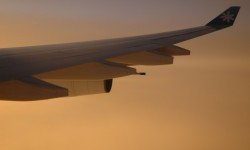
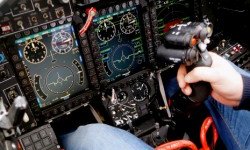
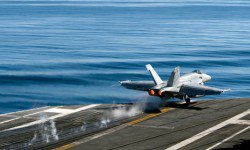

RELATED VIDEO
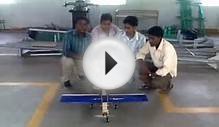



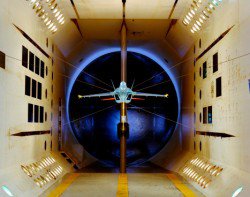
 An aerospace manufacturer is a company or individual involved in the various aspects of designing, building, testing, selling, and maintaining aircraft, aircraft parts, missiles, rockets, and/or spacecraft.
An aerospace manufacturer is a company or individual involved in the various aspects of designing, building, testing, selling, and maintaining aircraft, aircraft parts, missiles, rockets, and/or spacecraft. The Royal Aeronautical Society, also known as the RAeS, is a multidisciplinary professional institution dedicated to the global aerospace community.
The Royal Aeronautical Society, also known as the RAeS, is a multidisciplinary professional institution dedicated to the global aerospace community. National Aerospace Laboratories (NAL), is India's second largest aerospace firm after Hindustan Aeronautics (HAL). It was established by the Council of Scientific and Industrial Research (CSIR) at Delhi in 1959 and its headquarters was later moved to Bangalore in...
National Aerospace Laboratories (NAL), is India's second largest aerospace firm after Hindustan Aeronautics (HAL). It was established by the Council of Scientific and Industrial Research (CSIR) at Delhi in 1959 and its headquarters was later moved to Bangalore in...








